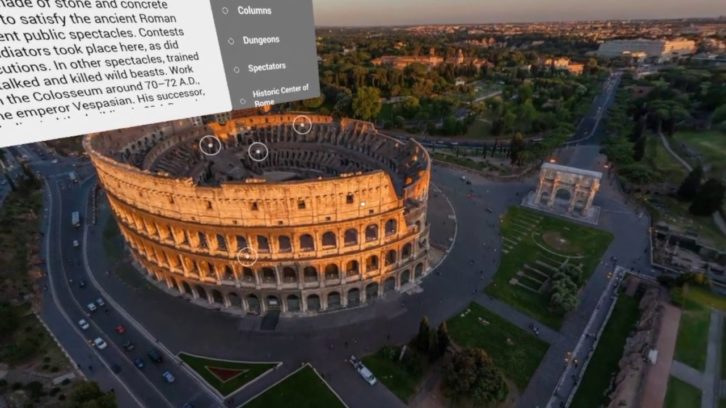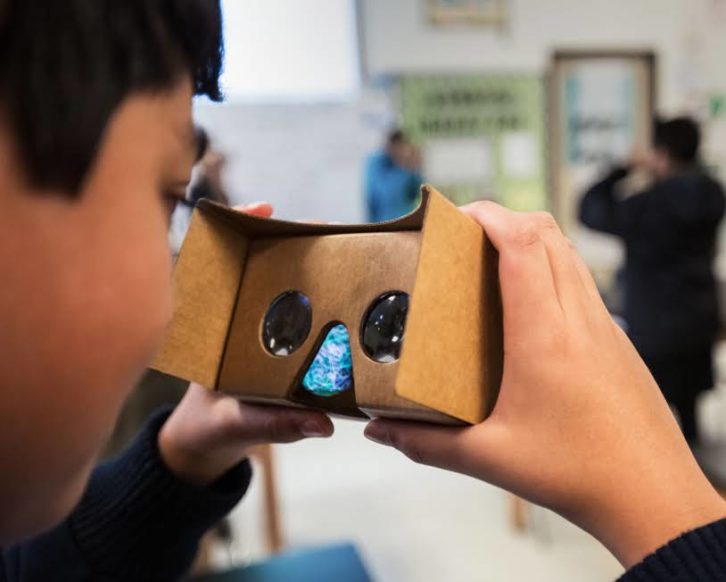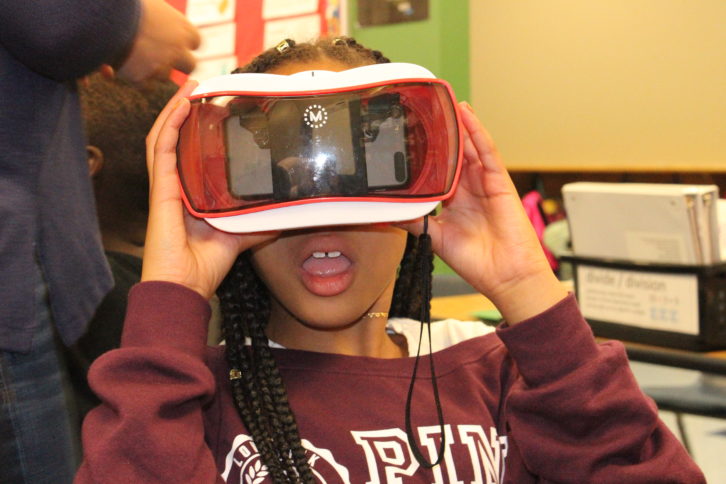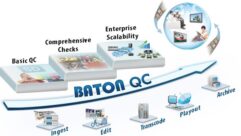
For some school districts, experiments with virtual technology had already started before quarantine. Now they seem more important than ever—both for bridging the lockdown gap, but also for making a hybrid world of physical and virtual seem natural and accessible. By responding to children’s instinct to blend the two, teachers and students can connect in a wider universe. It’s a practical approach for a world that may continue to need elements of distancing. But it is also a form of inclusion that can engender new experiences and new kinds of learning and collaboration that can enhance more traditional interactions.
Social studies and history educators always look for ways to bring lessons to life, introducing the world to the students and the students to the world. Tech helps not only inside the classroom, but also from the living room for students working with updated Chromebook software
James Fester is currently Technology Integration Specialist at Hill-Murray School, an independent 6-12 School in St.Paul, MN. As a technology coach led his former California district in an early Google Expeditions Pioneer Program using Google Expeditions and Tour Builder.
Google Expeditions, he says, is more than just a way to get your students to “virtually” visit different locations. The ever-expanding list of experiences (around 900+ currently) includes topics in social studies, science, the arts, and career and technical education (CTE).
Expeditions can become an engaging entry into your next learning unit or another form of input for student-centered research projects. It helps students connect class content to the real world by providing a window to the places and people students are learning about. By using the power of place, students understand the significance of the learning objectives they are trying to meet.
You can illustrate the importance of angles and parabolas by leading students through a tour of world bridges. They can see how important an understanding of food webs is to park rangers. This kind of authentic connection just doesn’t happen with textbooks and worksheets.
Getting Started
Students can access Google Expeditions in two ways: Using mobile devices with viewers, or through Chromebooks. The mobile devices tend to be more popular as the gyroscopes in the devices react to the student as they turn, creating a more immersive feeling. This is a great option for schools with a BYOD policy or during distance learning as the entire experience can be completed on a student’s own phone or device.
Biggest Challenge
The biggest challenge Fester identified is probably the cost. Electronics retailers such as Best Buy offer premade Expeditions Kits for classes of 10, 20, or 30 students, but these cost thousands of dollars. There are also issues around the maintenance of the devices and set-up that require the support of an in-school technician or dedicated teacher.
Until recently Google Expeditions required Android devices, but now users can access the platform from any Chromebook, which is a huge win for schools. Students can use the touchscreen or their mouse to “drag” their point of view as their teacher leads the experiences.
If going the Chromebook route Fester says it’s important to make sure someone at the school is familiar with technical requirements to check and see if your school’s devices can handle the AR content.
Unexpected Pros And Cons
“Two things that we didn’t expect was the popularity of Google Expeditions throughout the school and the release of Tour Builder. When we first purchased these devices we assumed that they would be used primarily as science and history tools. Before long, however, the sign-out list included art, world language, and ELA teachers as well,” Fester says.
Teachers heard from their students about how incredible Google Expeditions-infused lessons were and wanted to harness that interest in their own lessons. This proved to be both a good and bad problem. The popularity resulted in the kits being constantly checked out, meaning that maintenance and issues of equity across schools needed to be addressed. However, since so many teachers were using the platform, we soon found that they were sharing lessons and best practices with each other on their own, creating a home-grown support system.
 What Not To Do
What Not To Do
“Make sure that you don’t overuse Expeditions,” Fester cautions. The power of VR and AR tech is the way it captures student attention and illustrates tricky-to-understand concepts in a simple way. But the magic soon disappears if it is overused or becomes “just another thing” in the classroom.
Also, if students experience too many Expeditions experiences in one day they can get motion sick. (Don’t ask him how he learned this…)
Pro Tips
Google Expeditions works well as a standalone experience, but even better when it is the focus of inquiry-based lessons. Pairing the content with instructional strategies such as visible thinking routines or part of a project-based learning experience amplifies the effectiveness and the eventual payoff.
Google Expeditions works well as a standalone experience, but even better when it is the focus of inquiry-based lessons. Pairing the content with instructional strategies such as visible thinking routines or part of a project-based learning experience amplifies the effectiveness and the eventual payoff.
Finding Funding
Premade kits from Best Buy or other retailers are the most expensive options. Using Chromebooks that you already own is the cheapest and a good way to see if Expedition kits are worth investing resources.
“One strategy that I’ve seen work in larger districts is to split the cost between several schools and then do a timeshare in which each school gets the kit for a set amount of time,” Fester says. “Another method is trying to assemble your own from a combination of older or donated devices and newly purchased ones. A school I worked with previously put out a call to their parents for old phones and within two weeks had assembled a class set of expeditions devices.
“I would highly recommend the Google art and culture website and Google Earth Tour. I’m actually beta testing Google Earth’s tour creator, which is not yet available to the public but is incredible! Builds on many of the same principles that make Google Expeditions so great.”
Originally published in our Future partner publication, Tech & Learning
FIRST PERSON
“Imagine walking into a classroom and taking all of your students on a field trip anywhere in the world. We take students to Ellis Island, colleges around the world, the Great Barrier Reef and even inside their own bodies. What public school budget allows this?!? At Ohio’s Pickerington Local School District, virtual reality has become our window to the world.
“How would you feel if you had to write a rich description of Parramatta Park? If you are like me, you’ve never heard of it! However, if you were asked to write about a local park you visit, it would be easy. You could provide a rich, detailed description of your favorite local park. It is the same for our students. We ask students to write descriptive essays and to understand things they have never seen. I cannot take you to Parramatta Park, but I can give you the experience of being there through virtual reality. We do the same for our students. Provide them with rich experiences outside of their neighborhood.
 “Each one of our elementary buildings is equipped with a VR kit that contains iPod Touches, ViewMaster VR Googles, an iPad and a 10-port charger for 14 students. Students use VR to be immersed and learn about the digestive system, immigration by exploring Ellis Island, biomes/habitats, and much more!
“Each one of our elementary buildings is equipped with a VR kit that contains iPod Touches, ViewMaster VR Googles, an iPad and a 10-port charger for 14 students. Students use VR to be immersed and learn about the digestive system, immigration by exploring Ellis Island, biomes/habitats, and much more!
“The squeals of delight as students put the VR headsets on is heartwarming. As the scenes change, students are engaged in every slide! Students brag about walking on the moon and even reach for the flag as they walk around. Students are even able to see a heart-pumping in rhythm with their own! How else could we ever provide these experiences?”
Angie Raquepaw is Instructional Technology Coordinator at Pickerington Local School District.









